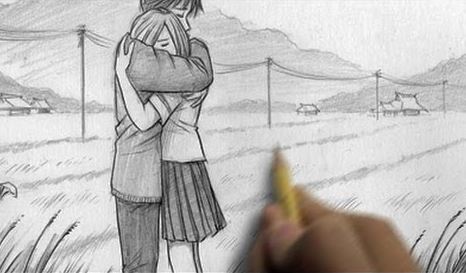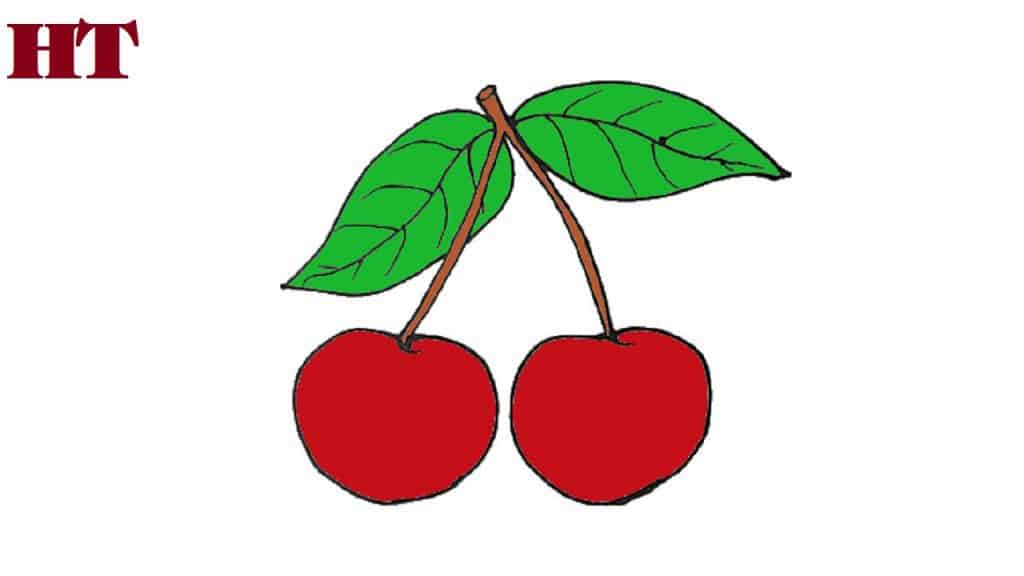How to Draw a Cylinder easy by pencil with this how-to video and step-by-step drawing instructions. 3D drawing tutorial for beginners and kids.

Please see the drawing tutorial in the video below
You can refer to the simple step-by-step drawing guide below
Step 1
Drawing a cylinder is very similar to drawing a cone. As with the cone example, let’s first describe a vertical centerline. Furthermore, in the upper and lower sections, describe the two horizontal lines that will pass through the top and bottom bottom of the geometry.
Step 2
Connecting these horizontal lines on the planes of the two vertical lines will become the side faces of the cylinder. At the top and bottom of the vertical line, mark the far and near edges of the top and bottom base with a few simple strokes.
Step 3
Now, using the strokes from the previous stage, carefully depict the top and bottom of the cylinder. Note that according to the law of linear perspective, the top must be flatter than the bottom. It is very important to note that we are describing a volumetric object. It is necessary to describe a cylinder with an understanding of its three dimensions of forms in space in order for the result to be the most natural.
Step 4
Now remove redundant building lines and try to give the sketch a clearer and more complete look. If to you the cylindrical drawing doesn’t look symmetrical enough, but you can’t understand what’s going on, just look at it in the mirror, and every mistake becomes more noticeable.
Step 5
To accurately depict a shadow, it is also important to remember that we are drawing a volumetric cylinder on a plane. With this in mind, carefully start to shade the darkest areas, following all the rules of light and shadow (remember to read this article, it will give you a deeper understanding of the nature of draw shadows). Also don’t forget to depict the outline of the shadow.
Step 6
Continue adding shadows, making them thicker and darker. Don’t forget that for your subject to look the most massive, you should depict the shadow taking into account the mass and shape of this geometry. In addition to the shadows on the cylinder itself, depict the shadows on the plane on which the cylinder is to eliminate the effect of hanging in the air.


